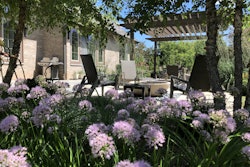If your customers see that there are certain areas of their yard that are more prone to shade, remind them that those spaces don’t have to go to waste, as there are numerous shade-loving plant options they could fill it with.
Take a look at a few full and eye-catching plant options that will thrive in the shade and are sure to brighten up your customer’s garden.
Coleus (Solenostemon scutellarioides)
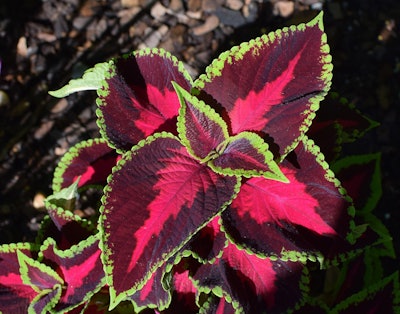 Photo: Pixabay
Photo: PixabayIf your customers really want something that will stop traffic, look no further than coleus. Not only will this plant expand and fill out a space, but its gorgeous coloring will add an intriguing focal point to any landscape. Hybrids of this plant will feature colors such as purple, bright green, orange, burgundy, and red. These plants are perennial in areas that have mild winters or when they are able to overwinter in a greenhouse, but in other areas, they are grown as annuals. They require regular watering and can grow anywhere from one-half foot to 3 feet tall and wide.
Sun: Partial shade to full shade
USDA Hardiness Zones: 10-11
________________________________________________________
Impatiens (Impatiens spp.) 
Impatiens are one of the most popular shade-loving plants around, and they are ideal to use when creating masses. There are numerous colors to choose from, which means your customers will be able to match whatever color scheme they already have going in their landscape. While they are beautiful to look at, they will be susceptible to many different diseases, so keep that in mind when recommending them to customers. Typically, they will grow as annuals and are very frost-tender. They require moderate watering and can grow to be 1 ½ to 3 feet tall and wide.
Sun: Partial to full shade
USDA Hardiness Zones: 10-12
________________________________________________________
Autumn fern (Dryopteris erythrosora)
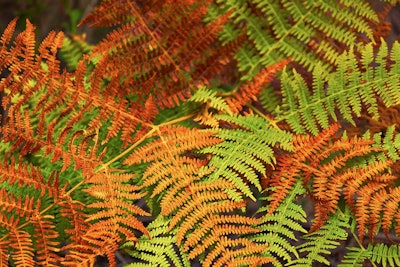 Photo: Pixabay
Photo: PixabayThis type of fern screams fall with its beautiful orange, bronze, and gold coloring, and they can be used in a number of different ways, such as to line a shaded pathway, to add some layers and depth in a garden bed or serve as a foliage element in a container garden. These plants will require moderate watering and thrive best when planted in moist soil with plenty of organic matter present. They can grow to be 2 to 3 feet tall and wide and will produce ample, showy foliage.
Sun: Partial to full shade
USDA Hardiness Zones: 6-9
________________________________________________________
Japanese painted fern (Athyrium niponicum var. pictum)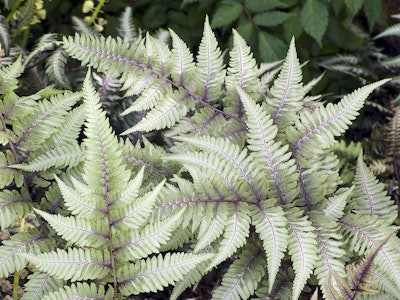
The Japanese painted fern will truly create a focal point in your customer’s garden with its bright silver-colored leaves. These plants can tolerate deep shade, but they perform best in filtered shade, such as under a high tree canopy. Since these plants have such a light and airy coloring, pairing them with deep, bold colors will really make them pop. These plants will need moderate watering and they grow best in moist soil. Overall, they can grow to be 1 ½ feet tall and 2 ½ feet wide.
Sun: Partial to full shade
USDA Hardiness Zones: 3-8
________________________________________________________
Hellebore (Helleborus spp.)
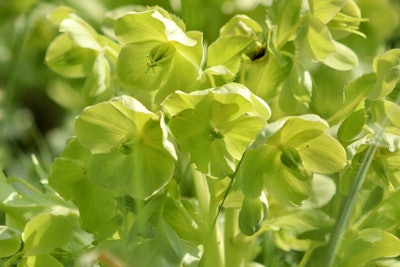 Photo: Pixabay
Photo: PixabayAlong with brightening up your customer’s shady garden areas, hellebores will also offer winter and early spring blossoms. Their bell-shaped flowers can come in colors such as deep purple, white, pale green, rose, and pink, which all stand out dramatically against the plant’s darker green and burgundy foliage. They require regular to moderate watering and can grow to be 1 to two feet wide and up to 3 feet tall. Keep in mind that all parts of this plant are poisonous, so if your customers have pets or small children, do not choose this as an option for their yard.
Sun: Partial to full shade
USDA Hardiness Zones: 4-9
________________________________________________________
Hosta (Hosta spp.)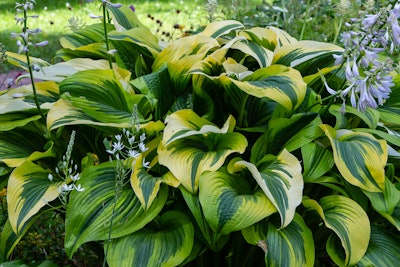
Rounding off the list are hostas, which are an extremely common shade-loving plant. This perennial’s large and lush leaves come in a variety of colors like variegated white, blue-green, and chartreuse, but they are susceptible to pests such as slugs and snails. Animals like rabbits and deer will also enjoy munching on hostas, so be sure to warn customers ahead of time if they have noticed these critters around. Hostas will go dormant in the winter. They require regular watering and they do best in moist, slightly acidic soil.
Sun: Partial to full shade
USDA Hardiness Zones: 3-9




